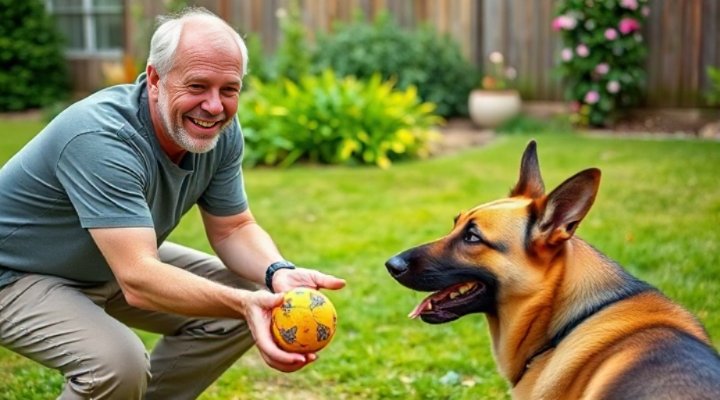Dog behavior training is more than just teaching tricks – it’s about building a lifelong bond with your canine companion. Whether you’re dealing with a rambunctious puppy or an adult dog with established habits, understanding the principles of behavior modification can transform your pet into a well-mannered family member.

Understanding Dog Behavior Fundamentals
Before diving into training techniques, it’s crucial to understand why dogs behave the way they do. Dogs communicate through body language and actions, and what we often perceive as ‘bad behavior’ is usually natural canine behavior expressed inappropriately. For instance, chewing helps relieve teething pain in puppies and keeps adult dogs’ jaws strong, but becomes problematic when directed at your favorite shoes.
One of my first training challenges was with Max, a rescue Labrador who saw furniture as his personal chew toys. Through consistent positive reinforcement techniques, we redirected his chewing to appropriate toys. The key was understanding his needs while setting clear boundaries.

Essential Dog Behavior Training Techniques
Positive Reinforcement: The Gold Standard
Modern dog training emphasizes positive reinforcement – rewarding desired behaviors to encourage repetition. This method builds trust and creates a willing learner. When your dog sits on command, immediately reward with a treat, praise, or play. Consistency is vital; everyone in the household should use the same commands and rewards.
Addressing Common Behavior Issues
From excessive barking to leash pulling, most behavior problems respond well to structured training:
- Barking: Teach the ‘quiet’ command by rewarding moments of silence
- Chewing: Provide appropriate chew toys and redirect when needed
- Jumping: Ignore the behavior and reward four paws on the floor
For more severe cases like aggression issues, consult a professional trainer. Safety should always come first.

Advanced Behavior Modification
Once your dog masters basics, you can progress to advanced training. This includes:
- Reliable recall even with distractions
- Polite greetings with strangers and other dogs
- Calm behavior in stimulating environments
Consider enrolling in specialized classes to challenge your dog mentally and physically. A tired dog is typically a well-behaved dog!

Troubleshooting Training Challenges
Every dog learns at their own pace. If you hit a plateau:
- Reevaluate your reward system – maybe your dog prefers play over treats
- Break behaviors into smaller, more manageable steps
- Ensure training sessions are short and fun
- Check for underlying health issues that might affect behavior
Remember, house training and behavior training go hand in hand. A consistent routine helps prevent many common issues.

Maintaining Good Behavior Long-Term
Training isn’t a one-time event but an ongoing process. Incorporate these habits:
- Practice commands during daily walks and playtime
- Rotate toys to keep your dog engaged
- Continue socializing your dog throughout their life
- Attend occasional refresher classes
With patience and consistency, dog behavior training can transform your relationship with your pet. The time invested pays off in years of companionship and mutual understanding.
Related Keywords: canine obedience training, puppy behavior correction, dog training techniques, behavior modification for dogs, positive reinforcement dog training
